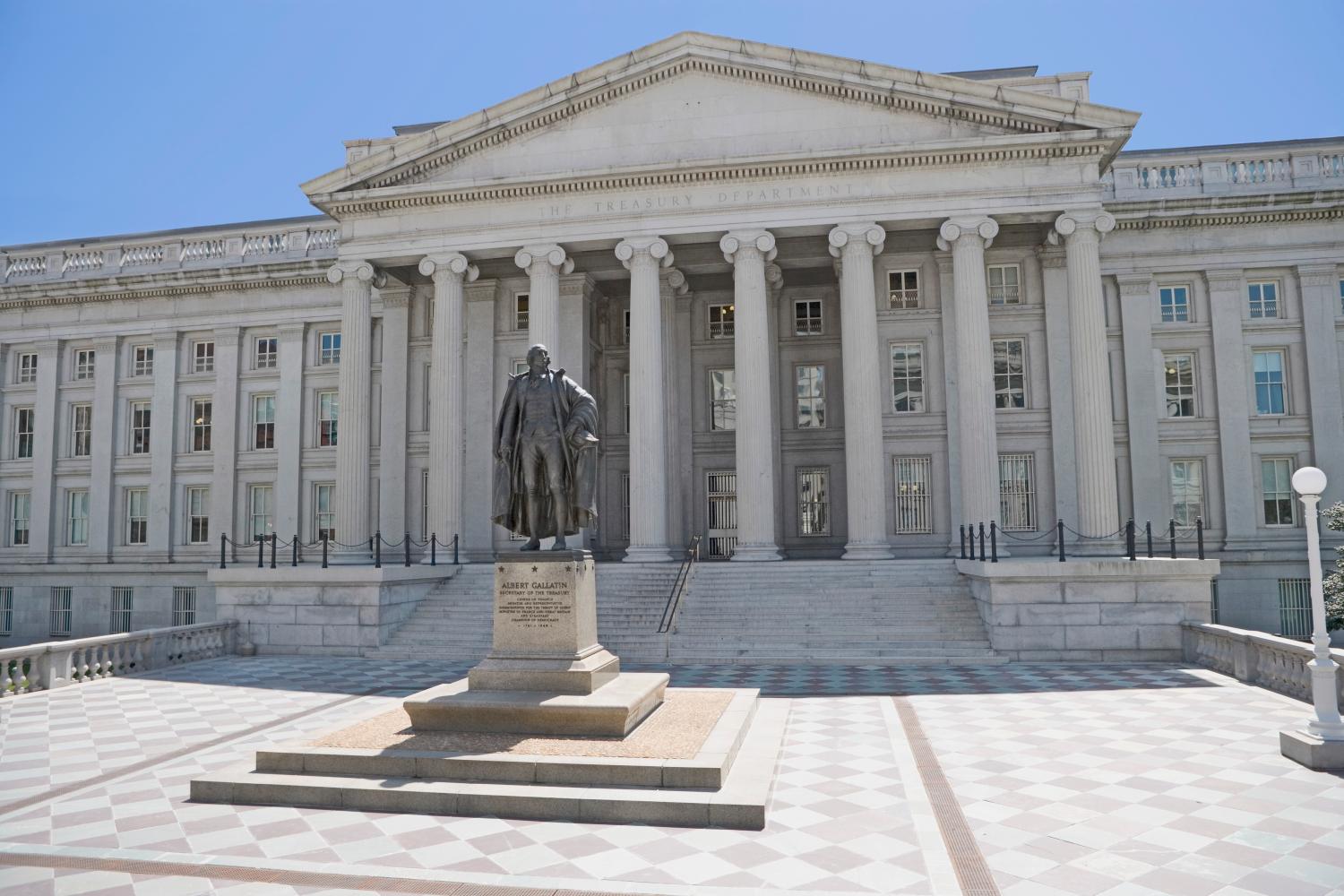Many states and municipalities are struggling to fund defined benefit pension plans for their employees. Between 2009 and 2013, in order to improve their pension status, almost every state implemented some combination of lower benefit accruals and higher employer or employee contributions. [1] Numerous cities made changes as well for similar reasons. [2]
But underfunding problems have not disappeared, and they are likely to become more difficult in the future, putting pressure on other state and local spending programs and taxes. [3] Under discount rate assumptions used by the plan sponsors, the estimated unfunded liabilities of state and local government defined benefit pension plans are in the neighborhood of $1 trillion. [4] Under assumptions that adjust for the risk properties of pension payments – namely for the fact that courts have ruled in almost all cases that accrued benefits cannot be cut and thus should be treated essentially as guaranteed payments – the estimated unfunded liabilities exceed $3 trillion. [5] Paying down the unfunded liabilities would require steep increases in contributions or reductions in benefits. However, even if the goal is not to pay down the unfunded liabilities, just keeping them from rising would still require substantial increases in contributions or reductions in benefits. [6] These aggregate figures obscure considerable heterogeneity in situations across states and municipalities. [7] For example, pension funding problems in Illinois, New Jersey, Detroit (MI), and Stockton (CA) are well publicized, but many other states and cities are doing quite well.
Those state and local governments that do face pension problems possess a limited number of options in dealing with this problem, none of which are attractive. In principle, they could cut the benefits promised through currently existing pension plans, though legal constraints may well preclude that option in many cases. Alternatively, they could raise employee contributions or raise government (employer) contributions.
None of these options, however, is a complete solution in itself. Cutting benefits or raising employee contributions will reduce the value of the compensation package offered to government workers. This will, under plausible conditions, reduce the quality of the state and local government labor force. If governments want to retain work force quality, they would have to raise wages or other parts of the compensation package. Likewise, raising government (employer) contributions would require tax increases or cuts in other government spending. Beyond the simple arithmetic of cutting benefits or raising contributions, additional structural pension reform may be needed to facilitate and justify future changes, even given the many recent policy changes that have occurred.
This policy brief provides background on public pensions and discusses different ways to bring the poorly-funded systems into balance. We conclude that the legacy costs of these pension plans should be covered by some combination of overall tax increases and spending cuts, while the new costs that would otherwise accumulate could be mitigated by judicious reform proposals.
[1] Martel and Petrini (2015); Snell (2009, 2010, 2012, 2013).
[2] Davey and Walsh (2015); Campbell (2016); Fletcher (2014).
[3] Government Accountability Office (2015).
[4] Pew Charitable Trusts (2013); Munnell and Aubry (2016a); Rauh (2016); Cembalest (2016).
[5] Biggs (2016); Munnell and Aubry (2016a); Rauh (2016).
[6] Rauh (2016).
[7] Munnell and Aubry (2016b) emphasize this point.
Download “Financing State and Local Pension Obligations: Issues and Options” »
Editor’s note: The authors thank the Laura and John Arnold Foundation for financial support and Shai Akabas, Jeffrey Brown, Tracy Gordon, Joshua Gotbaum, Sarah Holmes, David John, Olivia S. Mitchell, Alicia Munnell, Robert Pozen, Joshua Rauh, and Louise Sheiner for helpful comments.
The Brookings Institution is committed to quality, independence, and impact.
We are supported by a diverse array of funders. In line with our values and policies, each Brookings publication represents the sole views of its author(s).





